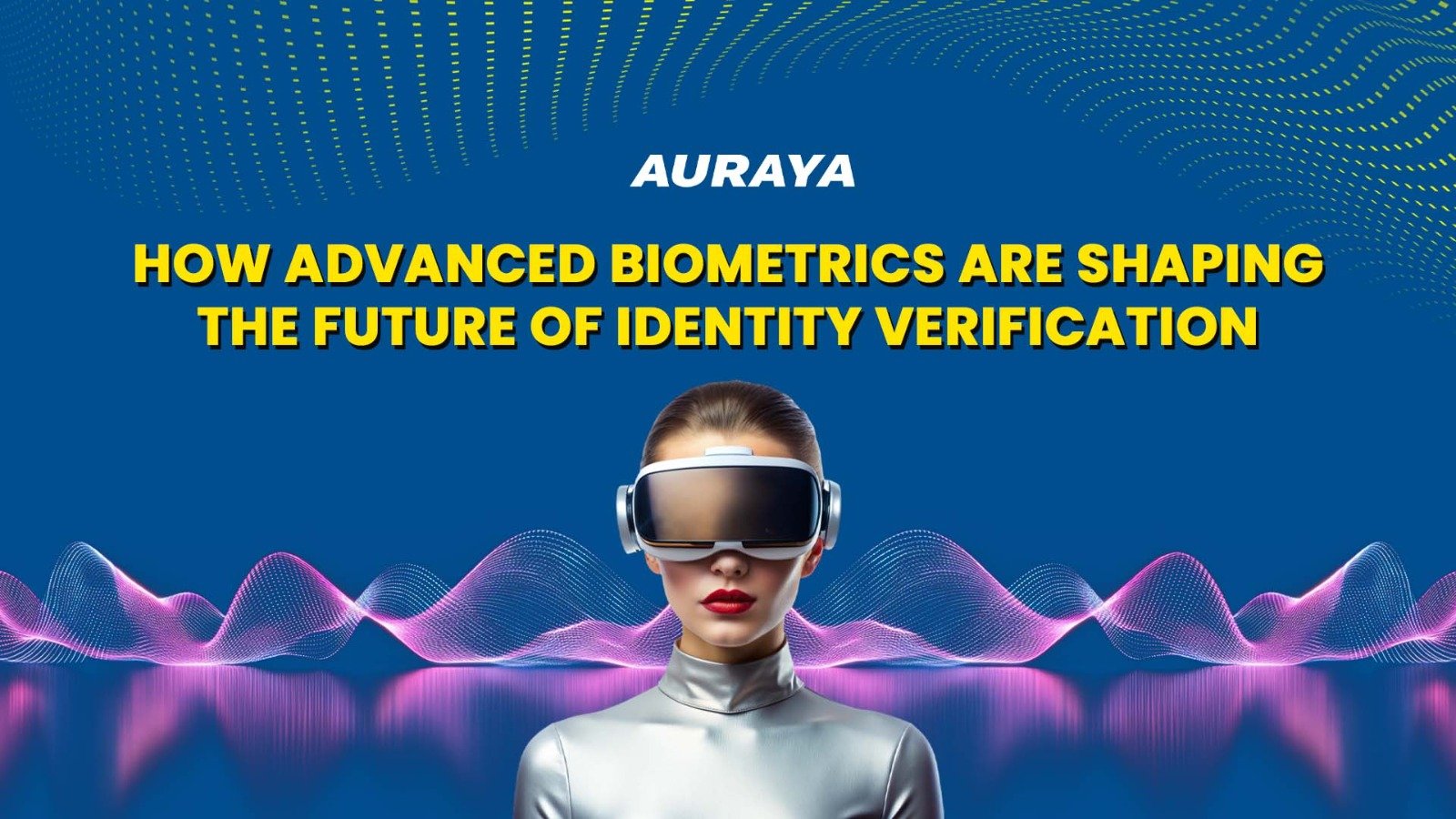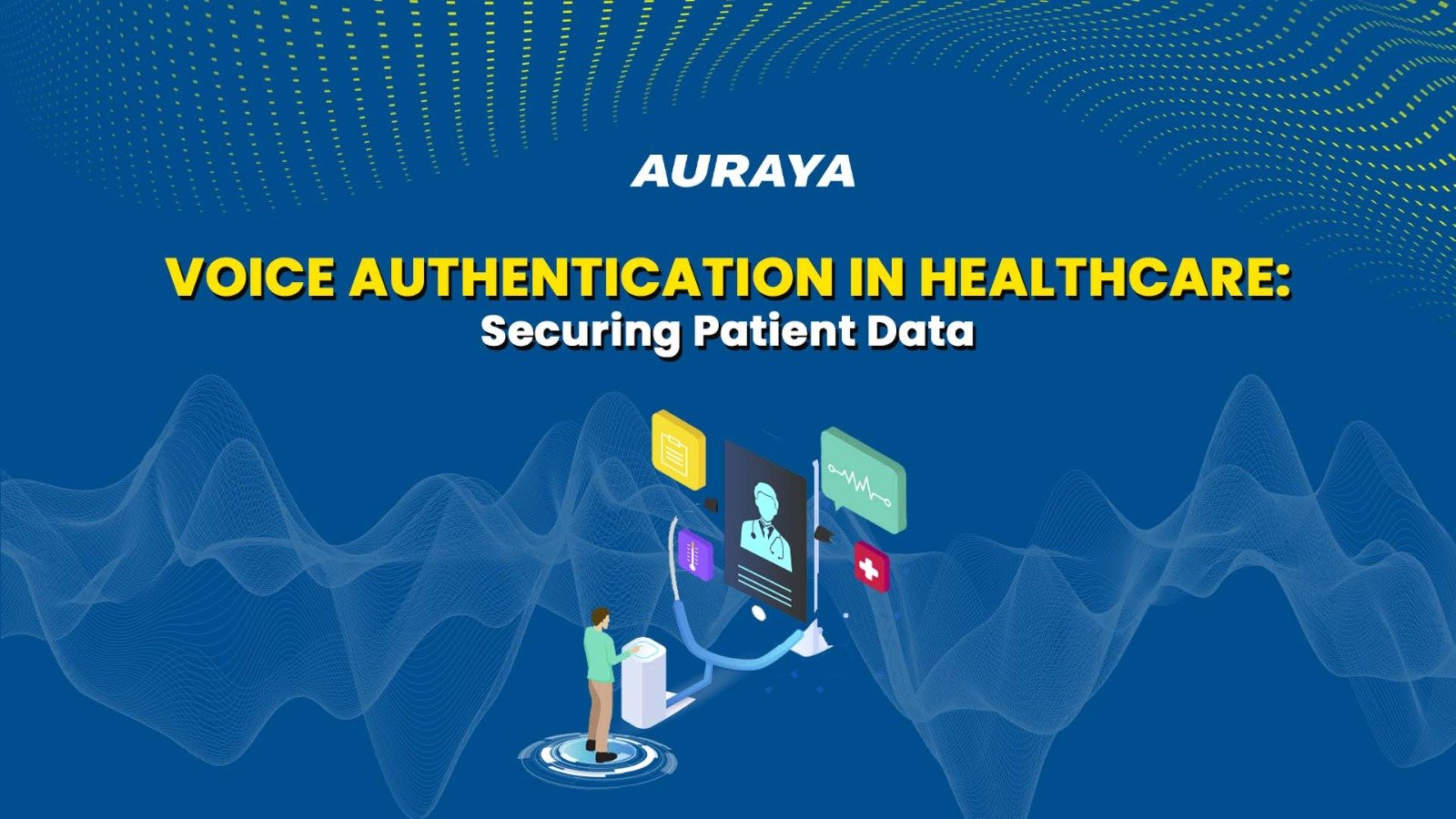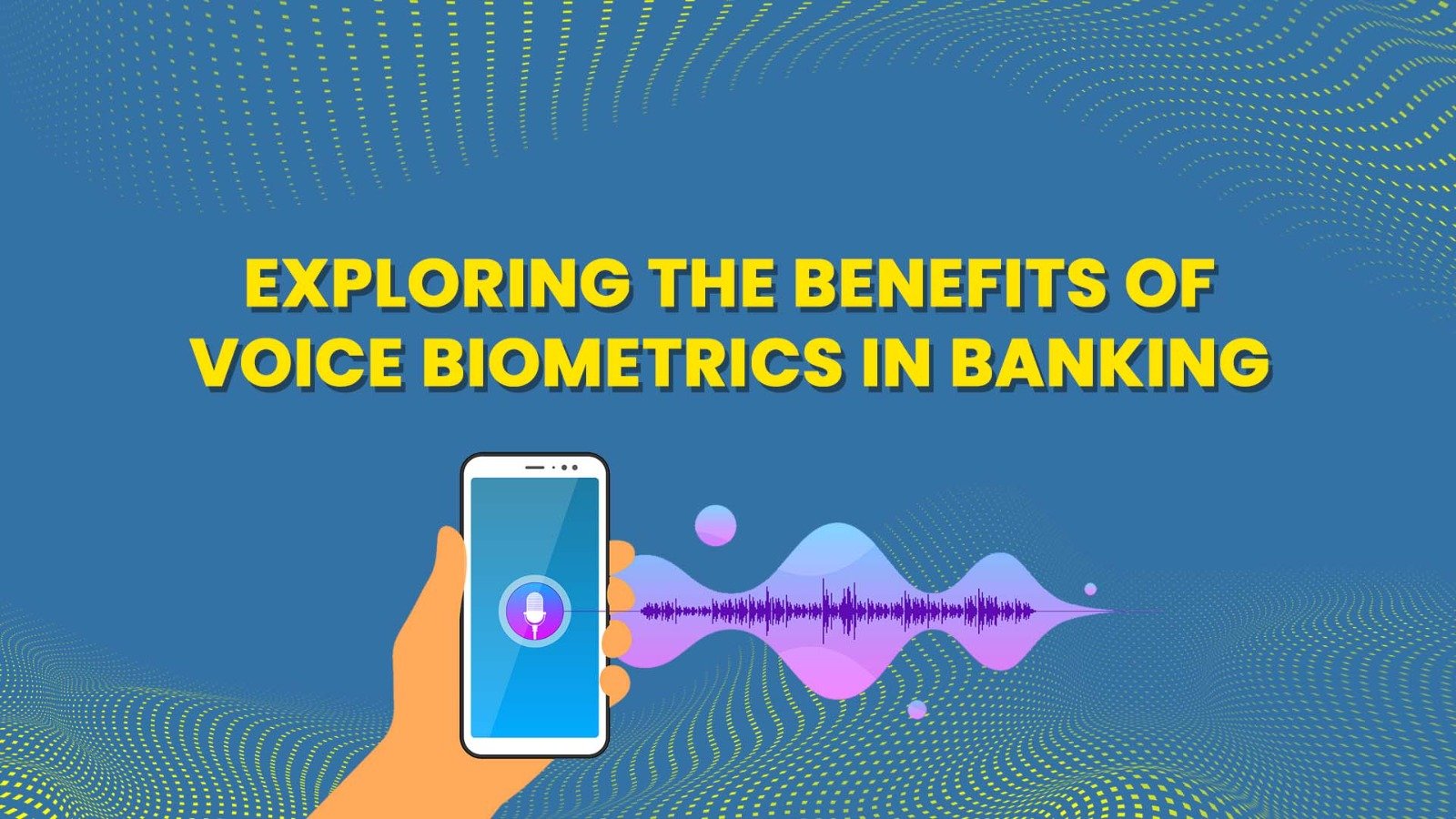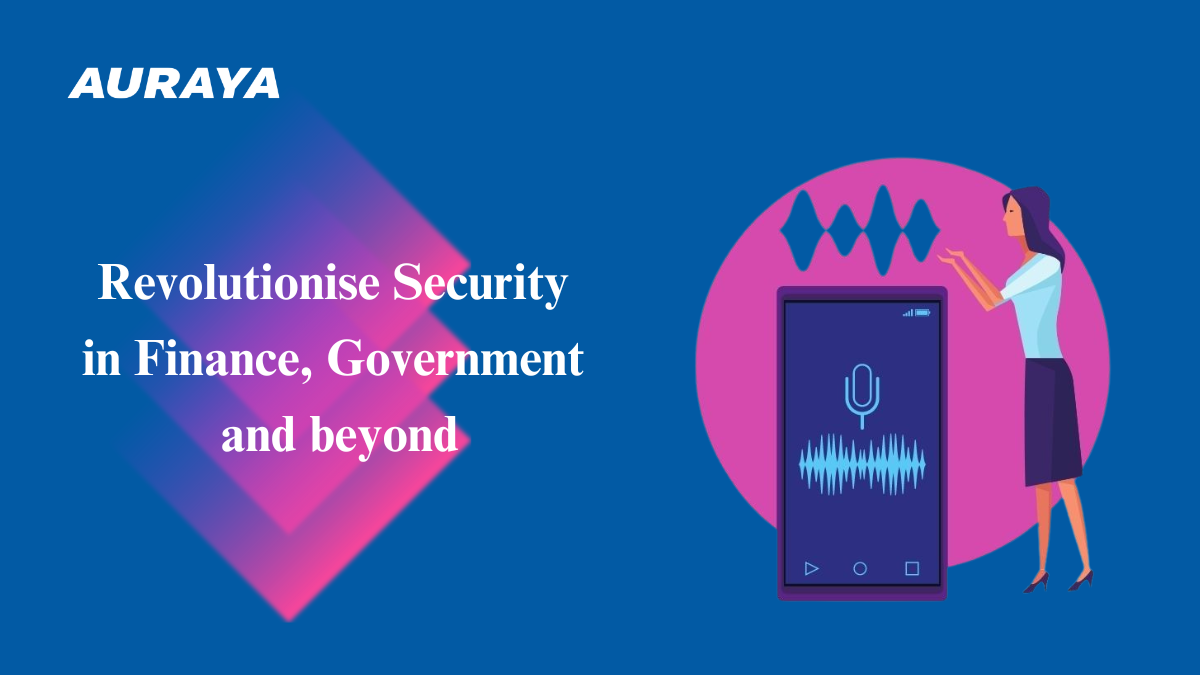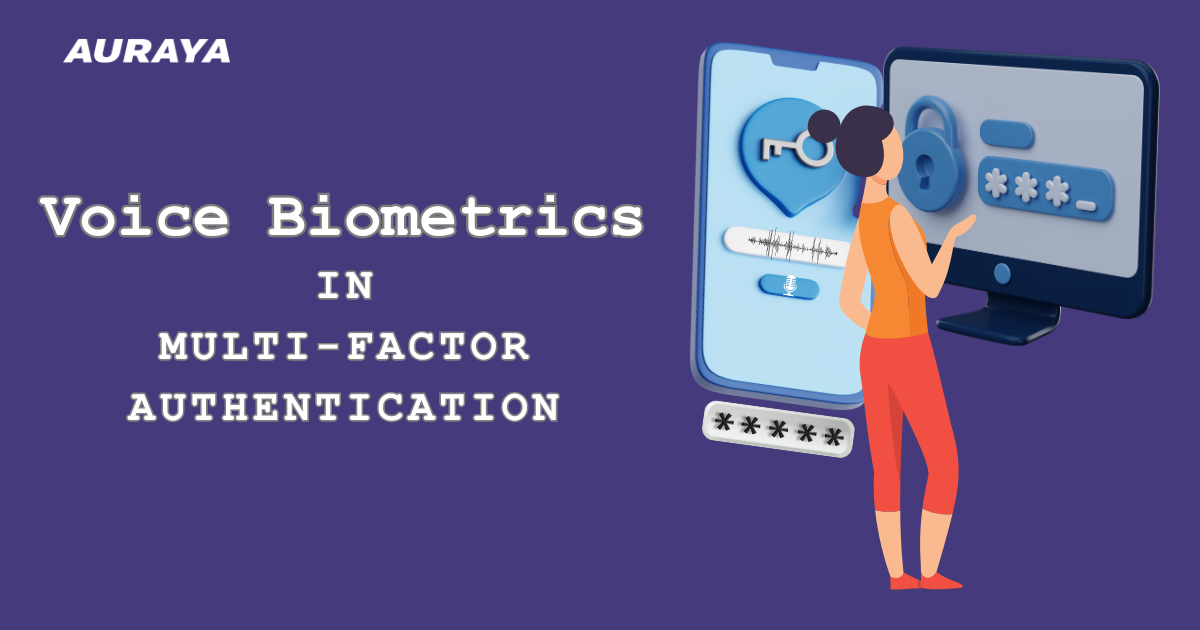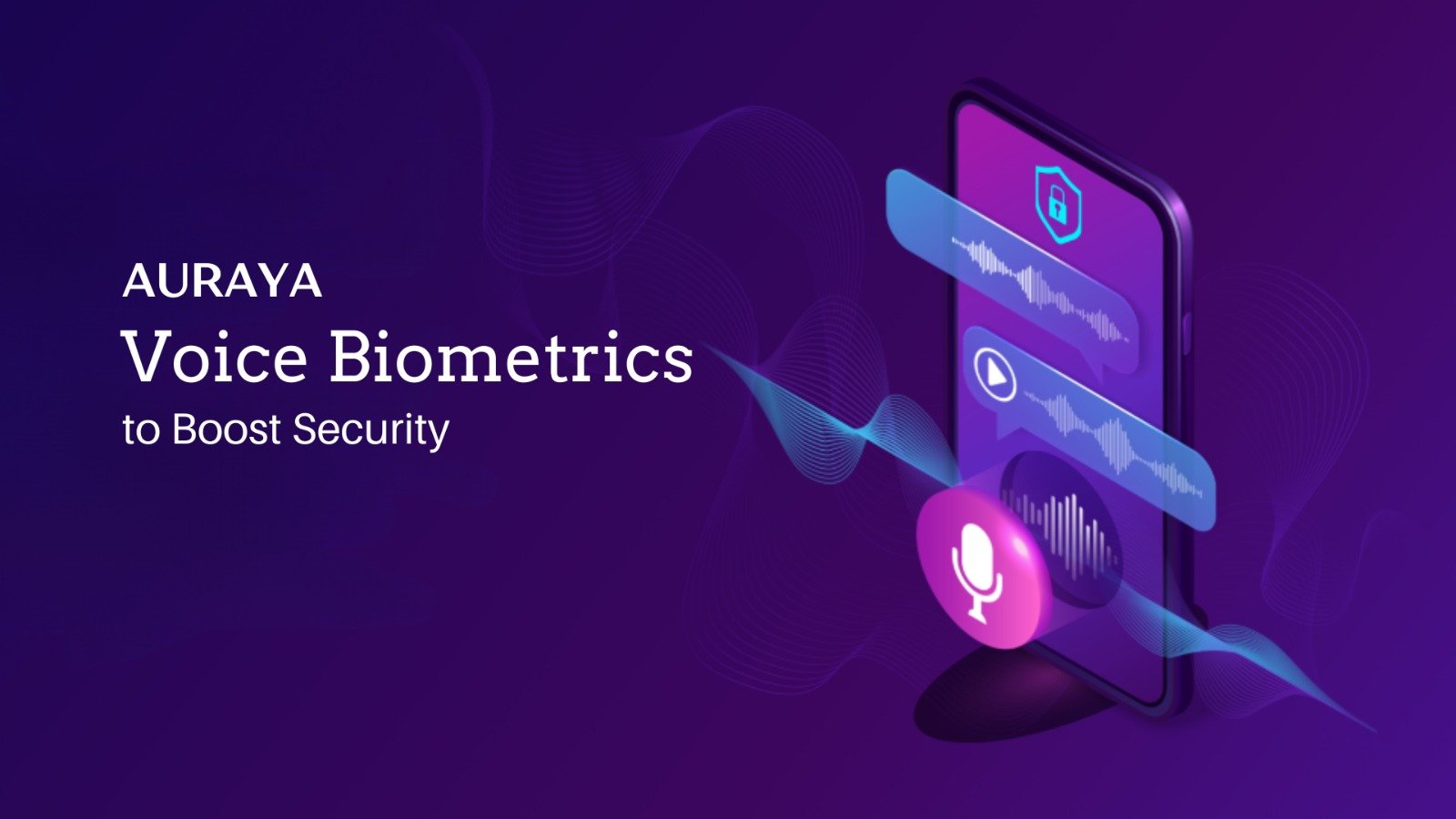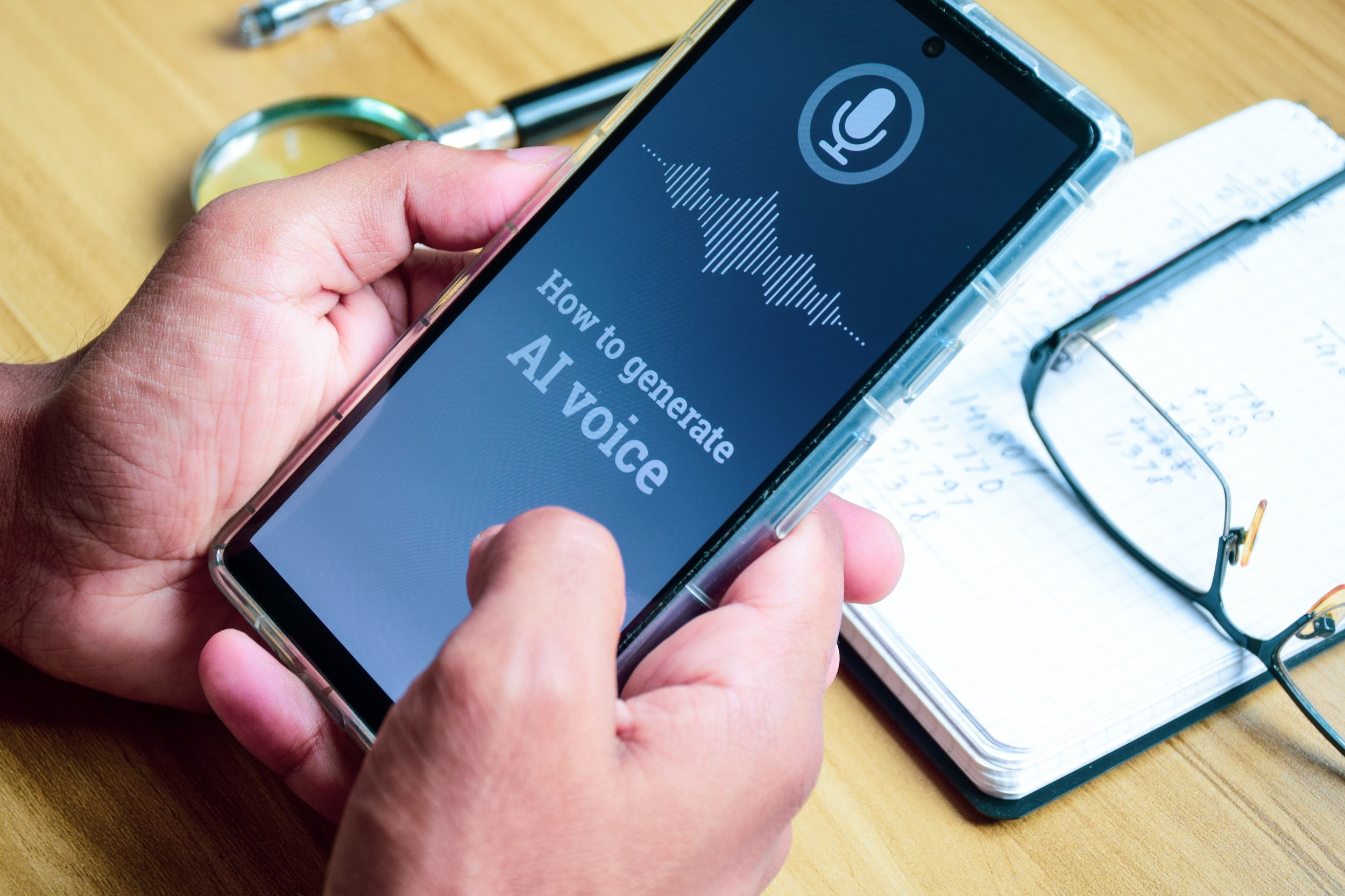How Voice Biometrics Can Tackle Some of the Security Risks of Human Errors
Human Errors Will Most Likely Be Here to Stay
Cybersecurity methods have continued to evolve and improve over the years, helping organizations to provide the best privacy and security methods against potential cyber-attacks. However, the majority, if not all, of organizations still rely on manual human input. While it is possible to automate the majority of business processes, some still prefer or require manual processes. Herein lies many potential security issues due to the human factor and the detrimental risks it may present.
A study by IBM, reveals that nearly 95% of cyber security breaches were due to preventable human error. While it may have many definitions, human error is basically an action that has been either not intended or not desired. In the context of cybersecurity, there are two general types of human error: skill-based and decision-based human errors.
Skill-based human errors usually occur when the person has done an unintentional action due to slip-ups or lapses. This can lead to incorrect or undesired results which in turn, may create a security risk to the organization. An example of this could be a stressed and tired contact center agent who is on a call with a customer that has accidentally shared confidential information of another customer because they had similar names.
Decision-based human errors involve a lack of adequate training and knowledge which leads to incorrect or faulty decisions. An example of this could be a fraud analyst mistakenly uploading a voiceprint of a known fraudster into the wrong voiceprint list, such as a list of accepted voiceprints, allowing that fraudster to breach their security without detection.
Three Common Human Errors
Mismanagement of passwords – a security method that everyone has been using for years, passwords provide a simple and easy way to secure access to accounts, data, and other digital assets. However, as many processes require passwords nowadays, people have been inclined to recycle the same passwords for different accounts or risk forgetting them. Passwords are also easily shareable, with some going as far as sharing their account with multiple people. For some people, even regularly updating their passwords is a tall task, leaving their passwords unchanged for years.
Mishandling of access authorization – due to the COVID-19 pandemic, which still continues to affect our working environment today, many have opted to work remotely from home. This means that the IT department has to set up the right security protocols and issue security rules to ensure that employees can work safely and securely from home. To add, many have changed their jobs as some come and go. Maintaining which users have access to what accounts and so on becomes blurred and forgotten. Others who work in public places such as cafes may even leave their devices logged on and unattended, potentially inviting unwanted people.
Mishandling of data – with everything being digital nowadays, it has become easy to share our digital information with the world. Confidential information such as our name, address, birth date, and mother’s maiden name is readily available on the internet. If not properly secured, a fraudster can easily access these data and impersonate users with ease. Therefore, mishandling data can lead to severe implications. Some common examples include sending emails to the wrong recipient or not properly encrypting data.
Reducing Security Risk of Human Error
To reduce the risk of cybersecurity attacks due to human errors, it is imperative that organizations integrate cutting-edge security methods that address potential human errors. While it may not yet be possible to fully automate an organization’s whole business process, applying stringent security measures and business rules can help reduce these risks.
Fortunately, with Auraya’s voice biometric AI technology, organizations can take advantage of seamless and secure voice biometric identification and verification and fraud detection capabilities. Auraya prides itself on engineering the next-gen voice biometric AI technology and partners with global technology integrators to integrate delightful voice biometrics into client solutions. These voice biometric capabilities can help mitigate the risks and occurrences of the three common human errors mentioned above.
Powered by Auraya’s ArmorVox AI engine, EVA Voice Biometrics provides voice biometric capabilities in any channel and in any language. Whether it is for a cloud-based contact center or for a web-based login portal, people can use their voice to verify their identity securely and swiftly.
Voice biometrics can be used to replace old, outdated, and insecure methods such as pins, passwords, and security questions. The person would simply need to speak a phrase, such as a random phrase, or say their phone number. This provides organizations with two points of verification: the first is knowing the correct number, and the second is having the right voiceprint that matches with the enrolled voiceprint tied to that person’s account.
With voice biometrics, people don’t need to worry about forgetting passwords or leaked passwords. Even if a fraudster manages to obtain a victim’s password and their confidential information, Auraya’s voice biometric system will be able to detect that the fraudster’s voice is different from the victim’s voice. Using voice biometrics over pins, passwords, and security questions also means that contact center agents are not required to handle such confidential information. This helps reduce the risk of mishandling data by the agents.
Voice biometrics can also be used as part of a user access management system. Security managers can set business rules to allow certain voiceprints access to certain systems and data. This helps reduce the occurrence of account sharing or account takeovers since there are no passwords and anyone other than the original owner will not be able to gain access as their voice is different.
Overall, voice biometrics provides a frictionless and secure experience for both the organization and users, whether it is the employees or customers. Replacing manual verification methods such as pins, passwords, and security questions with Auraya’s voice biometric AI technology not only provides better security but also helps mitigate the risk of human errors.






